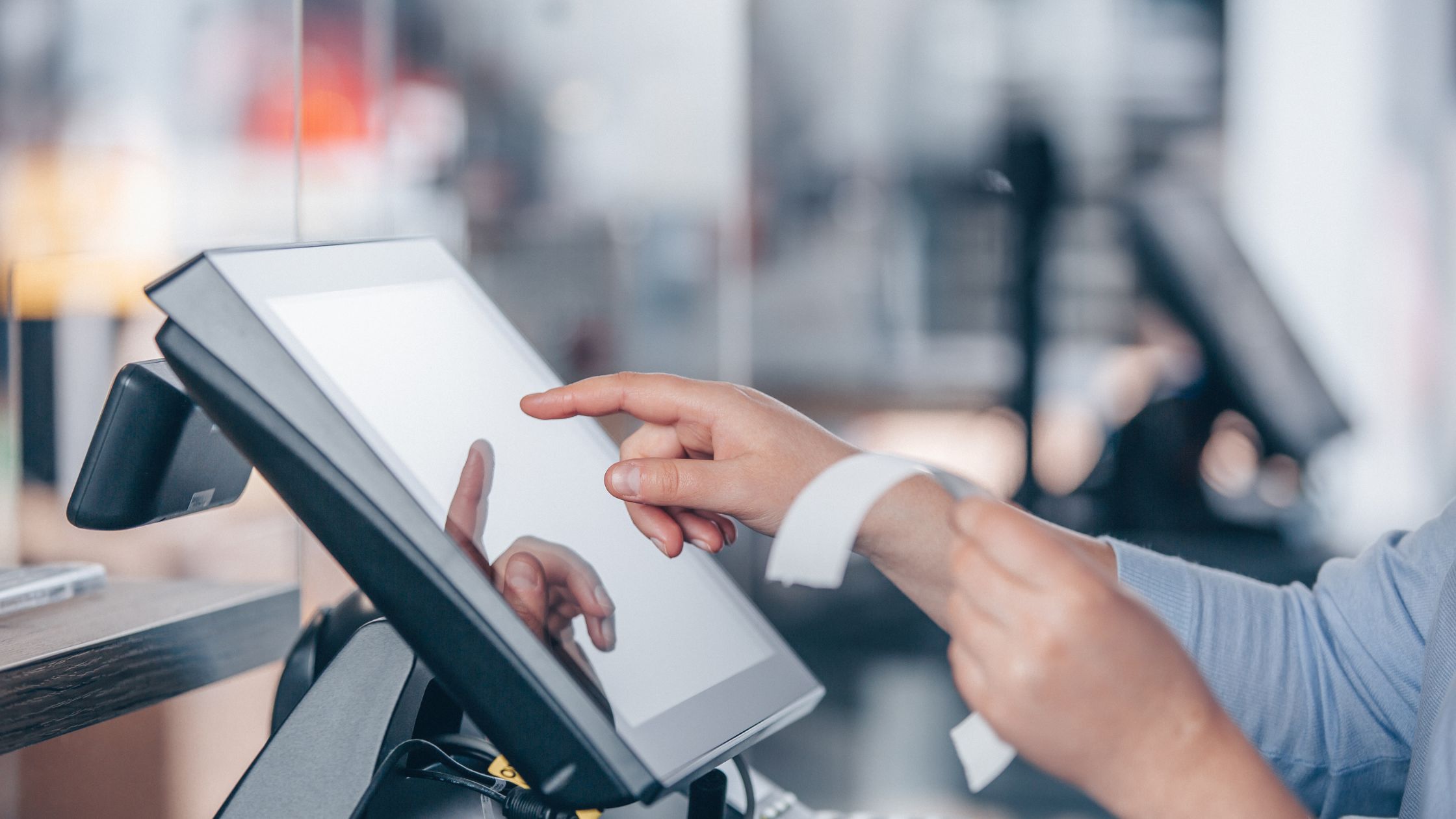Today’s small businesses operate in a fast-paced, competitive environment where efficiency and budget control are crucial. A Point-of-Sale (POS) system has become an indispensable tool. Yet, investing in a comprehensive POS solution can strain tight budgets. That’s where a free POS system can provide a powerful alternative. For more information visit Floreant.org.
Table of Contents
- Defining a Free POS System
- Advantages of Using a Free POS
- Essential Features in a Free POS
- Real-World Applications
- More Than Just Cost Savings
- Selecting the Best Free POS System
- Dispelling the Myth of Limitations
- Final Thoughts
- Frequently Asked Questions
Defining a Free POS System
A free POS system is a software application that enables businesses to handle sales transactions, monitor stock, accept payments, and produce analytical reports—all without paying for a license. These solutions generally include essential features and may offer advanced capabilities as paid add-ons. Even in their free versions, they serve small businesses effectively.
Advantages of Using a Free POS
The benefits of a free POS system go beyond saving money. These platforms often include vital tools that match many paid solutions. Additionally, some are open-source, allowing greater adaptability.
Here’s why many business owners prefer them:
- Affordable: Avoid subscription fees and licensing charges
- Simple Interface: Most come with a clean, user-friendly layout
- Growth-Friendly: Can expand features as your business scales
- Flexible Design: Open-source versions can be customized to meet specific needs
Essential Features in a Free POS
Even though it’s cost-free, a reliable POS system should still provide essential tools to support your daily business operations effectively. When evaluating your options, ensure the platform includes the following core capabilities:
Sales and Order Management:
Efficiently handle transactions, process refunds, and manage orders in real-time.
Inventory Control with Alerts:
Monitor stock levels, receive automatic low-stock notifications, and prevent overstocking or stockouts.
Customer Profiles and Loyalty Tracking:
Maintain detailed customer records, track purchase histories, and offer reward programs to encourage repeat business.
Basic Reporting and Data Analytics:
Access sales summaries, performance metrics, and visual dashboards to make data-driven decisions.
Employee Role-Based Access:
Assign custom access permissions based on staff roles to enhance security and accountability.
Hardware Compatibility:
Seamlessly connect with standard POS hardware like barcode scanners, cash drawers, and receipt printers.
Additional Functionalities:
Look for value-added features such as mobile POS access, cloud data storage, multi-location support, and the ability to use multiple devices at once.
These features help ensure that your POS system is not only functional but also scalable and adaptable to your business’s evolving needs.
Real-World Applications
Free POS software is used across various sectors. Whether you’re launching a startup or optimizing an existing business, a POS solution can help in numerous ways:
- Hospitality Businesses: Handle table assignments, custom orders, and payments
- Retail Environments: Process transactions, apply promotions, and manage returns
- Personal Care Services: Organize schedules, maintain client records, and track services
- Mobile Vendors: Use portable devices and issue receipts on-site
More Than Just Cost Savings
Implementing a free POS system does more than lower expenses. It also boosts overall business performance. Here’s how:
- Instant Insights: Make better decisions using real-time data
- Better Customer Knowledge: Analyze purchasing habits and adjust your strategy
- Operational Efficiency: Reduce repetitive tasks and manual errors
- Greater Accuracy: Improve data integrity with automated functions
- Workforce Oversight: Assign access levels, monitor hours, and manage roles
These features collectively improve your ability to compete and stay agile during busy periods.
Selecting the Best Free POS System
Each free POS platform offers unique features. A system perfect for retail might not fit a restaurant’s workflow. Consider the following steps when making your decision:
- Identify Requirements: Prioritize the features your business cannot do without
- Check User Experience: Choose a system that’s intuitive and easy to navigate
- Verify Hardware Support: Confirm it works with your current equipment
- Review User Feedback: Learn from the experiences of others in your industry
- Try Before You Commit: Utilize free demos to assess performance
Matching the system to your business needs ensures smoother implementation and better results.
Dispelling the Myth of Limitations
Some believe that a free POS system might lack the depth required for real business tasks. In reality, many of these platforms support full-scale daily operations. While premium versions exist, the standard features usually suffice for small to medium businesses.
Typical features include:
- Transaction summaries
- Basic customer and employee management
- Exportable financial and sales reports
You can always upgrade or integrate add-ons later as your requirements grow.
Final Thoughts
As we move through 2025, businesses must embrace tools that increase productivity without increasing costs. This system delivers just that. It offers an efficient and affordable solution for managing everyday operations. If you’re seeking a reliable and adaptable platform, Chip Link by Floreant POS is an excellent open-source option tailored for versatility and ease of use.

Frequently Asked Questions
1. Are free POS solutions secure to use?
Absolutely. Most follow strict security protocols and encryption standards. Choose systems with regular updates and backup features.
2. Can these systems work offline?
Yes, some free POS applications support offline usage and sync once you’re reconnected to the internet. Always confirm offline capabilities in the software specs.
3. What kind of equipment works with a free POS?
Typically, they run on PCs or tablets and connect with standard POS hardware such as cash drawers, barcode scanners, and receipt printers.
4. Is customer support available for free POS systems?
Support varies by provider. Open-source systems may offer community-based support, while others provide optional paid assistance or online documentation.









